A friend recently asked me what she could do to treat her eczema. After finding minimal help with prescription corticosteroid creams and antihistamines, she was hoping for an affordable, lasting treatment approach that she could manage at home.
Is there a home treatment worth trying? “Yes,” I told her. “You can find relief by eating to erase eczema.”
Eczema, also known as Atopic Dermatitis, is by no means a simple condition with one simple solution. The rash is an outward sign of inward dysfunction in the immune system, involving over-reactive inflammatory cells, often accompanied by a history of hay fever and asthma. Causes of inflammation and specific triggers vary from person to person, but most of us can get considerable relief by avoiding the most common dietary allergens and inflammatory foods. This gives the immune system a chance to calm down, and allows the rash an opportunity to heal.
By following a few strict, but straightforward dietary recommendations, my friend saw her eczema begin to resolve after 2 days. Another friend, this one suffering from Phompholyx (a form of eczema on the hands and feet) watched the itchy, painful bumps disappear after 1 week.
Below are the recommendations that worked for them.
For at least 2 weeks, remove the following top allergens:
1. Zero dairy (this includes foods with added whey or casein).
2. Zero grains (this includes corn, gluten free products such as rice, and items thickened with flour).
For at least 2 weeks, remove foods that promote inflammation:
3. Zero cane sugar (use stevia, or honey or palm sugar in moderation).
4. Limit red meat & eat only grass-fed, free-range animal products (animals fed grains and corn produce higher levels of inflammatory proteins that you then ingest).
Additional Recommendations:
5 Eat healthy fats in abundance (olive oil, coconut oil, fish oil, avocado, nuts & seeds).
6. Avoid already-known food allergens (such as eggs, soy, so on).
In my experience, most people report symptom relief, better energy and an increased sense of well-being after following steps 1-6. These patients often choose to stay on a grain-free, dairy-free diet. For those that hope to regularly enjoy a tasty rice pilaf or a thick wedge of gouda cheese, I recommend trying the following steps:
After at least 2 weeks, once the rash has significantly improved:
1. Add back 1 food per week (for example, cheese week 1, rice week 2, so on)
2. If the eczema begins to return, the most recently re-introduced food is likely a trigger for you. Avoid it.
3. Continue to minimize sugar–it will exaggerate any inflammatory response, regardless of the trigger.
Why does this work?
Picture your over-reactive immune system as a well built fire. The kindling is made up of various allergens (foods, dust, mold, pollen, etc.), and the lighter fluid is sugar and other inflammatory foods. With enough allergens, the fire will keep burning. Add some sugar, and you’ve got a bonfire.
If you can remove enough of the kindling, the fire will start to die down. A little lighter fluid may string it along, but the size and heat of the fire will begin to fade. This is exactly what you do by removing dairy and grains, and limiting sugar.
An estimated 80% of your immune system lives in your gut, meaning that your inflammatory cells and overall state of inflammation are especially sensitive to the foods you eat. For most people with food sensitivities, milk and gluten proteins are at the top of the list; I’ve found that many of these individuals are reactive to the proteins in other grains, too. Removing dairy and grains may not eliminate all of your allergen exposure, but it may be enough to put out the fire.
For additional information on eczema, allergies, and naturopathic treatment options, please contact us at (503) 747-2021. Diagnostic testing and effective therapies are available, including allergy panels, immune system support, and gastrointestinal medicine.
Yours in health,
Dr. Kaley Bourgeois
References:
Allam, JP, Novak, N. “The pathophysiology of atopic eczema. .” Clin Exp Dermatol. 31.1 (2006): 89-93. Web. 13 Feb. 2013.
Furness, J, Kunze, W. “Nutrient Tasting and Signaling Mechanisms in the Gut, II. The intestine as a sensory organ: neural, endocrine & immune responses.” Am J Physiol. 277.5 (1999): G922-G928. Web. 13 Feb. 2013. <http://ajpgi.physiology.org/content/277/5/G922.full
